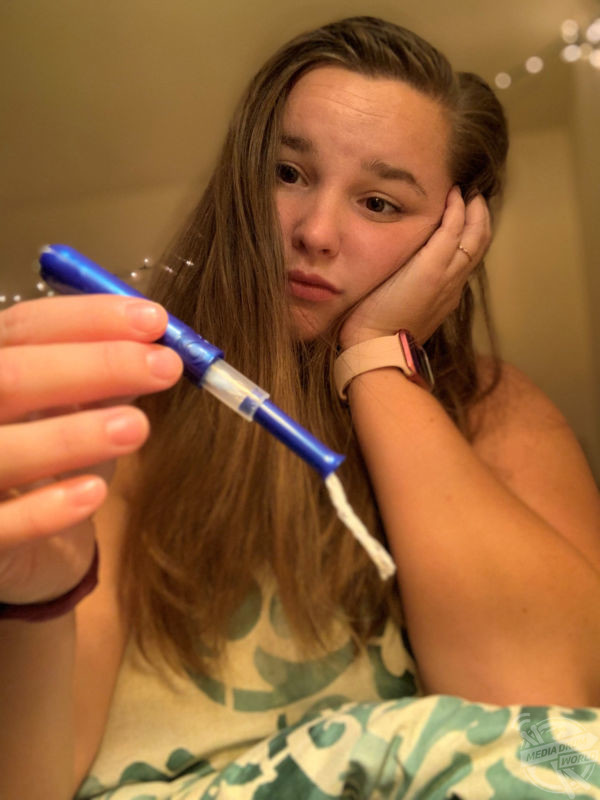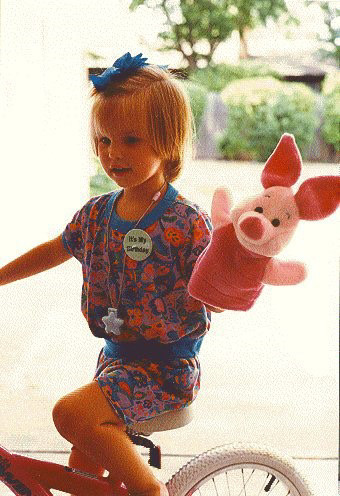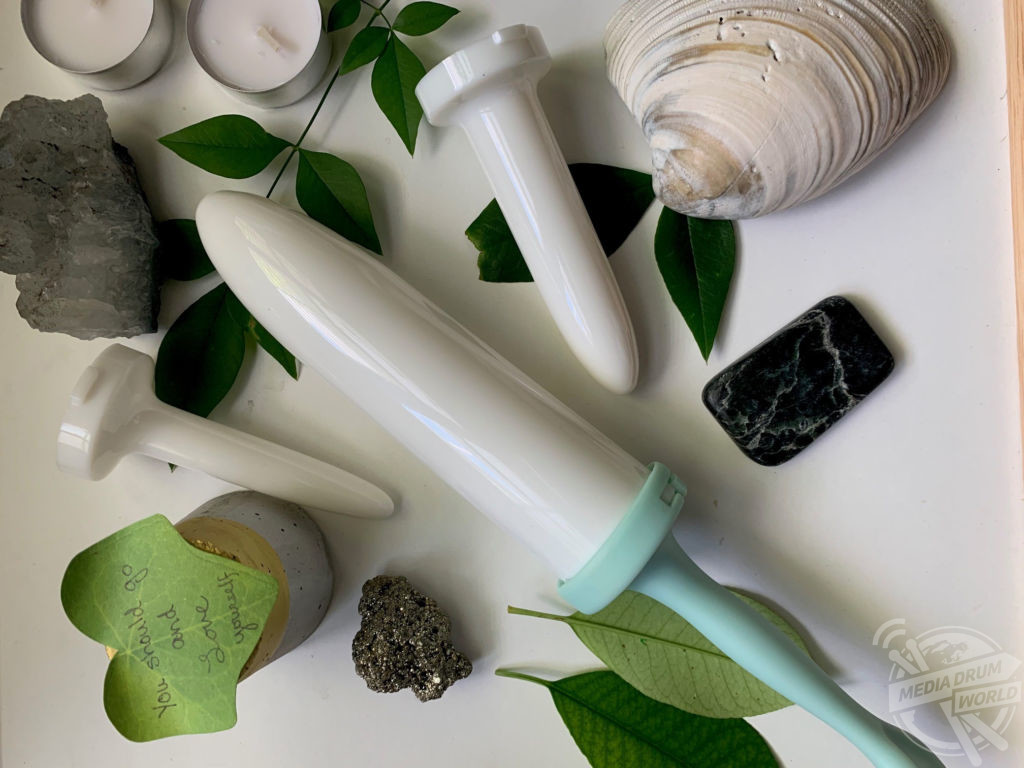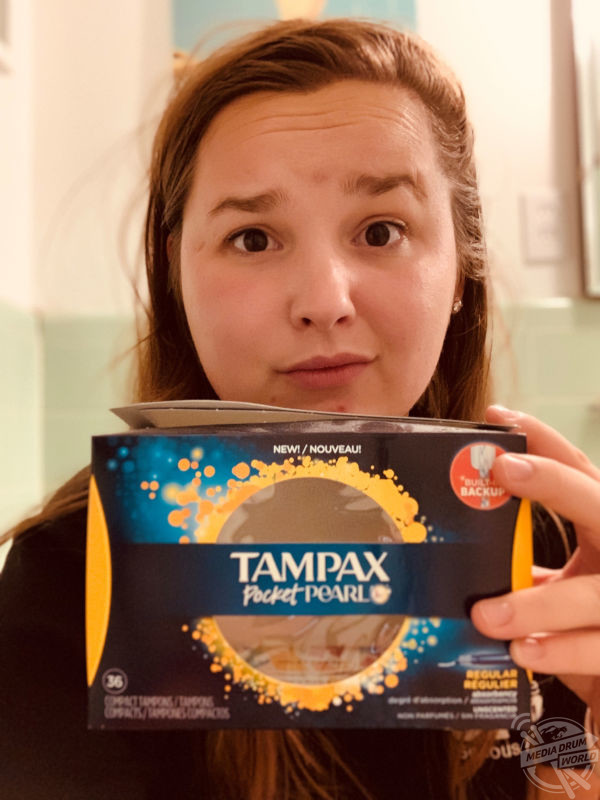By Liana Jacob
MEET THE woman who discovered she has a condition that prevents her from having SEX with her husband after being unable to REMOVE HER TAMPON – but is determined to be a mother.
In 2010 nanny and gym instructor, Mary Staud (25) from Texas, USA, was at a beach during a church camping event and to her disappointment, she got her period halfway through the week. They were supposed to be spending all day on the beach playing in a volleyball tournament and she was determined to enjoy her time, so she decided to use a tampon.
A few hours later, she went back to her room to change it but to her horror she couldn’t remove the tampon. She was in so much pain when attempting to remove it she almost fainted each time. The pastor’s wife who was one of the organisers of the trip, rushed her to hospital where they gave her pills to relax her and after some time the doctors managed to surgically remove the tampon.

Following her traumatic experience she has since refused to wear a tampon again. In 2011, she met the love of her life, James (26), in high school while they were in physics class. They began dating and fell in love in February that year.
Due to her Christian background, Mary abstained from sex until she was married, so in 2014, the day after she and James got married, they felt ready to have sex. However, the problems returned and she was in excruciating pain. Her vagina felt like a ‘brick wall’ and after trying and failing for a couple of months, she visited her doctor who suggested she may have vaginismus, a condition where the vagina suddenly tightens up as you try to insert something into it.
They also told her that it could just be skin blocking the vaginal canal, so she requested they remove her hymen and any extra skin. However, when they tried to have sex again several weeks after the surgery, it still didn’t work.
For two and a half years of going into a shame spiral and feeling guilty about not being able to consummate their marriage, she decided to find out more about vaginismus online and how to ‘cure’ it.

In August 2018 she met with a pelvic floor physical therapist, who helped her regain control over her pelvic floor muscles. She received manual therapy where they stretch and loosen the muscles by using a dilator. It was successful and she was able to have sex with her husband for the first time.
She now says that while she sometimes does still experience pain during sex, their sex life is better, and her confidence has boosted within their relationship.
Throughout her journey, James has shown support and empathy towards her condition and she has felt secure in herself. Despite being warned that she may never have children of her own, Mary and James have decided to try.
“I first noticed something wasn’t exactly right when all my friends could use tampons except me,” Mary said.
“I tried, but it felt like there was a wall there, and when I forced it in it was painful and uncomfortable, so I would immediately take it out.

“One summer I was at the beach at a church camp. Of course, to my dismay, I got my period halfway through the week.
“I was determined to enjoy myself, so I gave it a go with the tampon. It took a little time, but I got it in and went back to the beach.
“A few hours later I went back to my room to change it out. To my utter horror I could not remove the tampon. It was stuck.
“I’m not lying, it was literally stuck; my worst nightmare was happening, and I was in a total panic, and in a lot of pain.
“Since I hadn’t had sex yet, I guess my hymen was still attached, or at least I had some extra skin covering my vagina.
“The pastor’s wife took me to the hospital, where they tried to make me relax by giving me several different pills.
“They were shocked that I was still awake. I guess they didn’t believe that I was in such pain. Through many tears and screams, they were able to cut the tampon out.

“Even though that extra skin has since been surgically removed and I can easily apply a tampon, I have a lot of trauma from that experience and refuse to wear one unless I absolutely need to.
“I met my husband in high school, we dated for four years, and then we got married in November 2014.
“I did not realise that sex would be impossible with my husband. The pain was too much and it felt like a brick wall was keeping him from entering me.
“I went to an OB/GYN about a month or two after trying to have sex with James and failing. They told me I might have vaginismus, or it could just be skin blocking the vaginal entrance.
“After two and a half years of living with the shame and guilt of not being able to have intercourse with my husband, I finally researched online how to cure vaginismus and ordered my first dilator set in July 2017.
“I made progress but did not overcome vaginismus alone. I sought help from a pelvic floor physical therapist (PT) in August 2018. Two weeks after receiving PT, I had vaginal sex for the first time.

“Our sex life is worlds better; I feel confident and like a sensual woman is supposed to feel with the person she loves.
“I still experience pain sometimes during intercourse, but through communication and relaxation techniques I’ve been able to overcome it.
“I have to admit, when I first overcame vaginismus, it felt like I was a newlywed again. I was new to everything and we had sex a lot. Now we probably have sex once a week.”
Mary says that the support she has received from her husband throughout her ordeal has been the one thing getting her through it.
When she told her parents, her mum didn’t initially understand the condition, while her doctor father did. She thought that it would be difficult telling her friends, but they have also been supportive of her condition and she felt like a weight had been lifted.
“I didn’t know what to do, and my OB/GYN didn’t give me any advice or options at first until I came back years later with questions,” she said.
“I felt like I was an incomplete package; like I was half a woman, a useless wife. I developed a lot of anxiety around sex. I also became depressed and self-indulged in food and alcohol.
“Luckily, my husband is the most patient and caring man I know; he never made me feel bad about myself or my condition. He never pressured me to have sex.

“He has been so encouraging to me, especially in my darkest season of life where I was struggling with anxiety and depression. He prays with me and listens to me.
“I became extremely angry and frustrated with my body and with God after being diagnosed with vaginismus; I didn’t care about my body anymore after that.
“I didn’t take care of it; I smoked, I drank, I overate. I’ve slowly had to be thankful for what it can do and how it has served me and blessed me for so long.
“The physical therapy has helped me regain control over my pelvic floor muscles. I received manual therapy which stretches and loosened the muscles.
“I learned to consciously relax my pelvic floor throughout the day rather than flex the muscles tightly. I also received dry needling on the muscles surrounding my vagina. This was the most painful form of therapy for me, but it helped a lot to reset my muscles down there.

“My mom had a hard time understanding my diagnosis and often said ‘just try to relax’ or ‘have a glass of wine before sex’ but of course those things don’t help.
“I was very scared to tell my friends and family, but every time I did it lifted my burden just a little bit. Friends were more understanding and less judgmental than I thought they’d be. It was very empowering to open up to people after harbouring my dark secret for so long.
“When I was diagnosed, I felt so lost and alone. I hope to minimise the stigma around pelvic floor dysfunctions and create a more honest and encouraging community for women.
“Don’t be afraid to ask for help and speak up for yourself. There are too many horror stories out there where women experience pain but are too afraid to speak up about it to their doctor or their partner.
“Find a partner who is 100000 per cent for you and your health, and who can be patient with the process. Healing is not always linear. You’re going to experience ups and downs. Don’t give up and give yourself lots of grace.”






